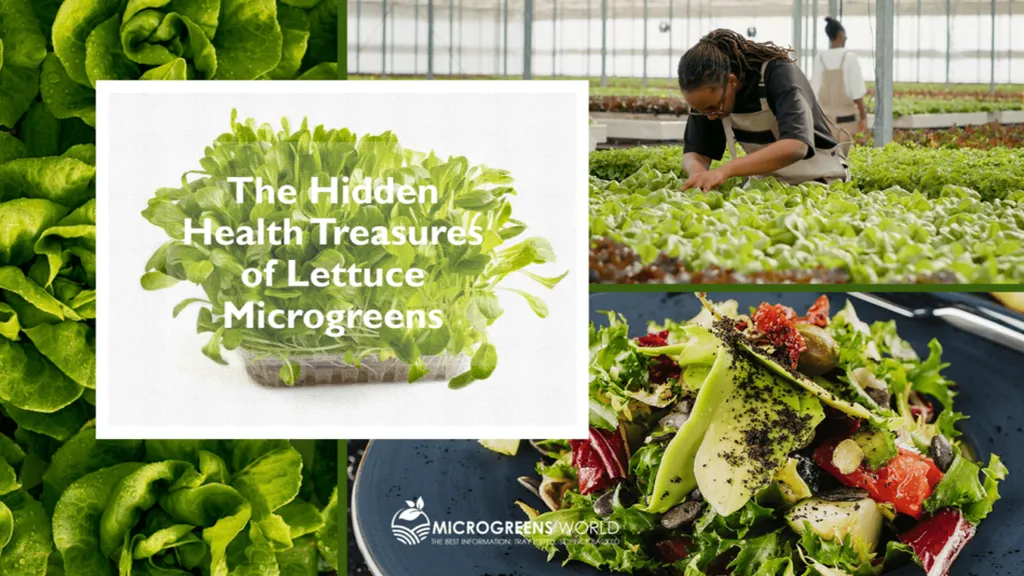In the quest to combat global malnutrition, a novel approach combining biofortification and hydroponic farming is gaining traction, offering a promising solution to enhance the nutritional value of underutilized leafy greens. Recent research led by George P. Spyrou from the Laboratory of Vegetable Production at the Agricultural University of Athens, Greece, has demonstrated that selenium biofortification can significantly boost the nutritional and functional properties of purslane, dandelion, and iceplant grown in soilless systems.
The study, published in the journal ‘Plants’ (known in English as ‘Plants’), investigated the effects of adding different doses of selenium dioxide (SeO₂) to the nutrient solution of these underutilized leafy vegetables. The findings revealed that selenium biofortification not only increased the yield of all three species but also enhanced their nutritional profiles, particularly their antioxidant properties.
“Our research shows that selenium biofortification can be a game-changer in the fight against micronutrient deficiencies,” said Spyrou. “By integrating this approach with hydroponic farming, we can produce nutrient-dense crops that are resilient to harsh conditions and require fewer resources.”
The study found that the addition of SeO₂ to the nutrient solution increased the yield of purslane by 14–19% and dandelion by 25% at the highest dose. Iceplant also showed a yield increase of 14.7–17.8% at lower doses, although its yield decreased at the highest SeO₂ concentration. Importantly, the selenium concentration in the shoot tissues of all three plants increased significantly, reaching up to 92% in purslane, 91% in dandelion, and 89% in iceplant at the highest SeO₂ dose, all within safe intake limits.
The antioxidant activity of the plants also saw a notable boost. Purslane and iceplant exhibited the highest antioxidant activity at 1 μM SeO₂, while dandelion peaked at 4 μM SeO₂. These values were enhanced by 20%, 12%, and 27%, respectively, compared to untreated plants.
This research highlights the potential of selenium biofortification as a sustainable and cost-effective strategy to enhance the nutritional value of crops. By leveraging the inherent resilience of underutilized leafy greens and the precision of hydroponic systems, farmers can produce high-quality, nutrient-dense crops that meet the growing demand for healthy and sustainable food options.
The implications of this research extend beyond the agricultural sector. As the world grapples with the challenges of climate change and food security, innovative solutions like selenium biofortification offer a beacon of hope. By integrating these technologies into mainstream agricultural practices, we can pave the way for a more sustainable and nutritious future.
“This study opens up new avenues for exploring the potential of underutilized crops and biofortification techniques,” Spyrou added. “It’s an exciting time for agritech, and we are just scratching the surface of what’s possible.”
As the global population continues to grow, the demand for nutritious and sustainable food sources will only increase. The findings from this research provide a compelling case for the adoption of selenium biofortification in hydroponic systems, offering a viable solution to address malnutrition and enhance food security.

